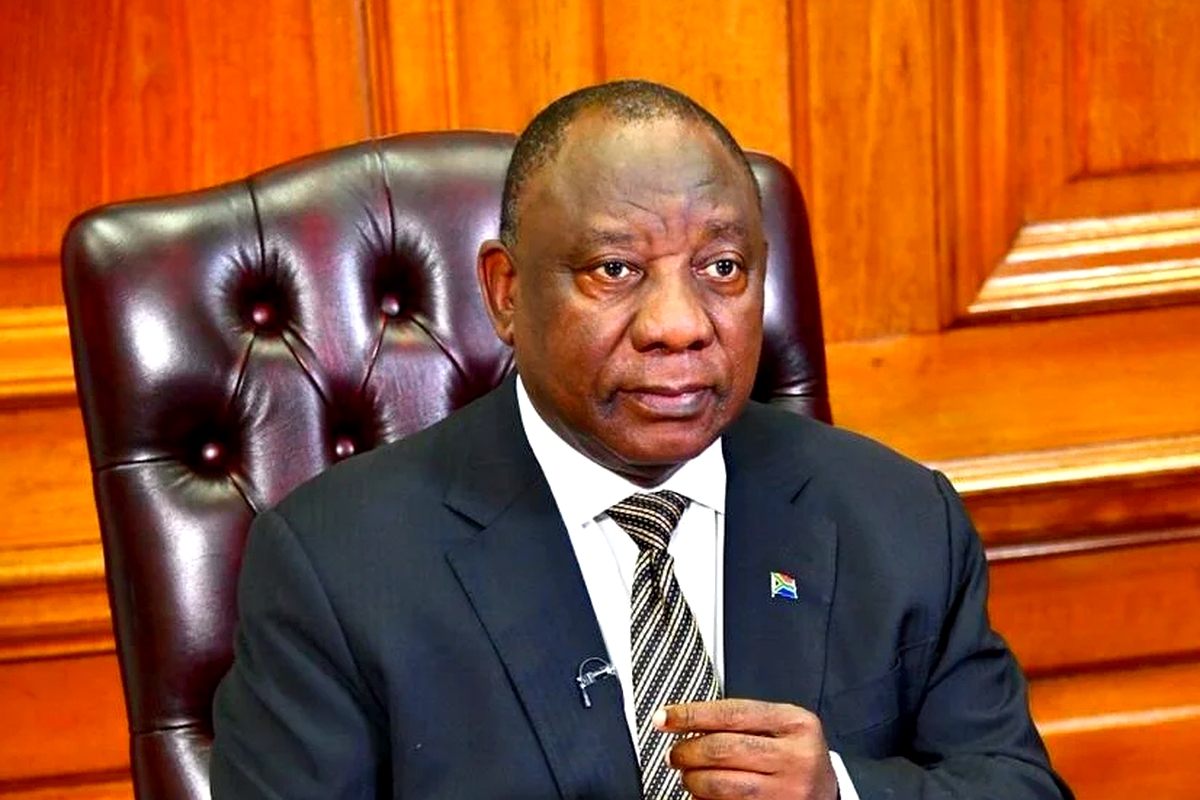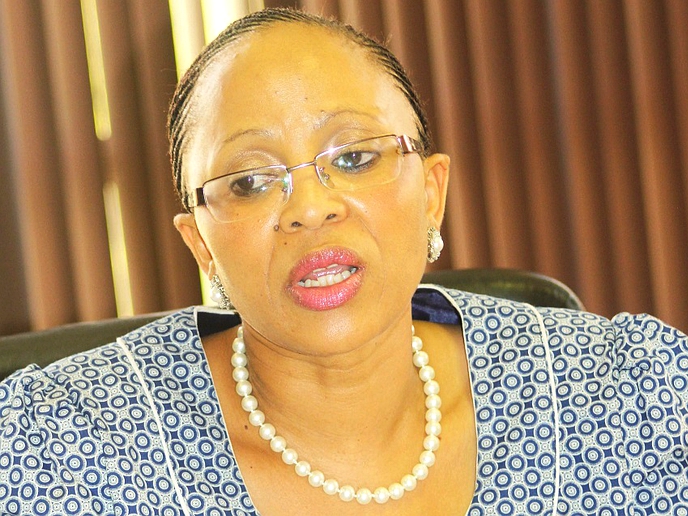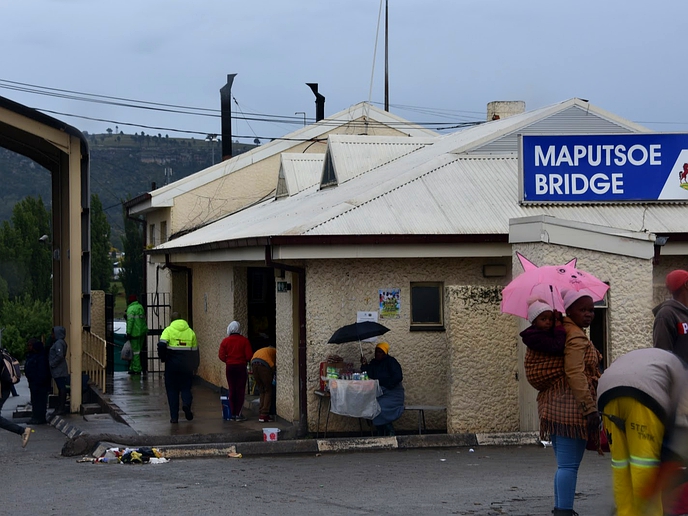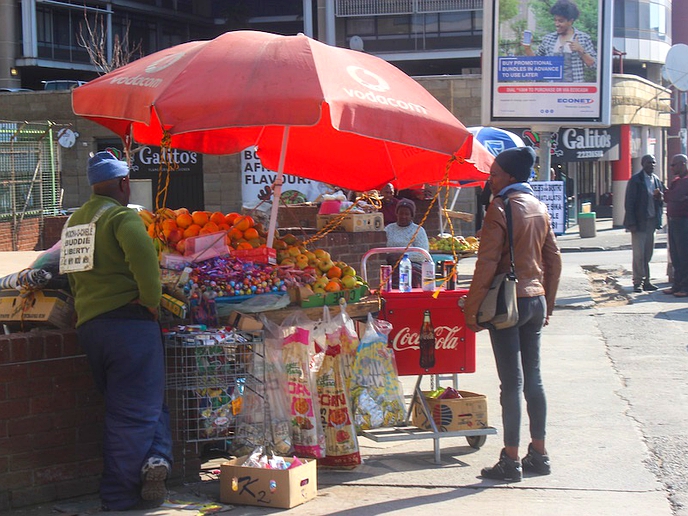JOHANNESBURG – JOB creation is the focus of the Economic Reconstruction and Recovery Plan presented by President Cyril Ramaphosa to a joint sitting of Parliament on Thursday.
business
Oct. 16, 2020
ED STODDARD
5 min read
Ramaphosa focuses on jobs

SA President Cyril Ramaphosa
There is a heavy focus on public works, but there were some dog whistles to the private sector, inviting it to the party. Many of the promised jobs are already being created.
“The creation of jobs is at the centre of the Economic Reconstruction and Recovery Plan. We must get our people back into the jobs they lost during the pandemic,” said President Cyril Ramaphosa. In the second quarter of 2020, more than 2 million people lost their jobs.
“We aim to do this primarily through a major infrastructure programme and a large-scale employment stimulus, coupled with an intensive localisation drive and industrial expansion,” the president said, with a pledge to create 800,000 jobs in the “immediate term”.
The word ‘create’ in the 800,000 jobs promise may well be crucial here, as well as the stress on getting those who lost their jobs because of the pandemic back into employment. Because the latter, in fact, is probably happening and in large part because of the private sector.
The economy had the mother of all contractions in the second quarter, 51% on a seasonally adjusted and annualised basis, or 17.1% in the three months to the end of June. But by the first measure, some analysts reckon it may have rebounded 40% to 50% in the third quarter as the easing of lockdown restrictions allowed more economic activity.
During this period, many people would have been re-employed by businesses that managed to stay afloat during lockdown. This would include jobs in the labour-intensive restaurant, bar and retail sectors — what was the waitress who served you last night doing four months ago? — and also the construction sector. Building sites in places such as Sandton, which emptied during the hard lockdown, are buzzing again.
So, potentially tens, if not hundreds, of thousands of jobs have already come back. The Q3 rebound may stand out as a stark example of “jobless growth” — or at least surging growth that failed to “create” jobs, but merely re-employed many of those who had temporarily lost their jobs during the hard phases of the lockdown.
So, the number to measure this pledge by will be 800,000 new jobs — as in those that were created or did not exist before — in the immediate term. For that, Ramaphosa knows he has to rely heavily on the private sector. And while there was a lot of focus on public works and infrastructure, there were a few dog whistles inviting the private sector to the party.
“The Infrastructure Fund will provide R100-billion in catalytic finance over the next decade, leveraging as much as R1-trillion in new investment for strategic infrastructure projects.” The bulk of that “new” investment will presumably come from the private sector — the government simply cannot afford it.
“Where does the money for infrastructure come from? If from the private sector, it would need returns, so the roads to be built will be toll roads and the houses private, to sell or rent. If water and power, of course, that has an income already. But it is clear that it will mean at least some privatisation of infrastructure that government provides,” Mike Schussler of Economists.co.za told Business Maverick.
Other dog whistles included the promise to crack down on corruption and crime — security costs are huge here — including a specific promise to hit “criminal elements in our country that have taken to the illegal occupation of construction sites and soliciting protection money from businesses”. Some construction sites are buzzing again, but is protection money part of their cost base?
More broadly on that front, Ramaphosa’s reforms were being fast-tracked “to reduce the cost of doing business and lower barriers to entry”. It has been said before, but dog whistles are like that — the point, after all, is to keep the dog’s attention. In this case, perhaps it can even start to wag its tail a bit.
“The current timeframes for mining, prospecting, water and environmental licences will be reduced by at least 50% to facilitate new investment,” Ramaphosa said. That is a tangible goal that will be welcomed by the mining industry.
Ramaphosa also pledged that “the release of high-frequency spectrum by March 2021 and the completion of digital migration will reduce data costs for firms and households”. That is just five months away and such timelines are important. And again, there will be a heavy reliance on the private sector.
Enjoy our daily newsletter from today
Access exclusive newsletters, along with previews of new media releases.
As there will be for new power generation, which is crucial in the face of the biggest constraint to new private investment in the economy — Eskom. Fast-tracking permits will only go so far if mining companies do not have reliable power to see projects through.
To that end, the plan aims to “unlock a further 2,000MW of emergency supply within 12 months” and “enable power generation for own use”. This is clearly crucial, but similar promises have been made before.
And then there was this jolt: “We are accelerating the implementation of the Integrated Resource Plan to provide a substantial increase in the contribution of renewable energy sources, battery storage and gas technology.
“This should bring about 11 800MW of new generation capacity into the system by 2022. More than half of this energy will be generated from renewable sources,” Ramaphosa said.
That is a hell of a lot of new generation capacity — about a quarter of what currently exists on paper, if not on the grid — and 2022 is a tight timeline. This clearly recognises the urgency of the power crisis, but it will be a tall order to pull off without the private sector.
As the government tries to cap its own wage bill and spending, it will need the private sector to create many of those 800 000 jobs. It is sending out dog whistles that it is inviting it as a partner. But if there is no bone, don’t expect the dog to keep listening. BM
Tailored for you






